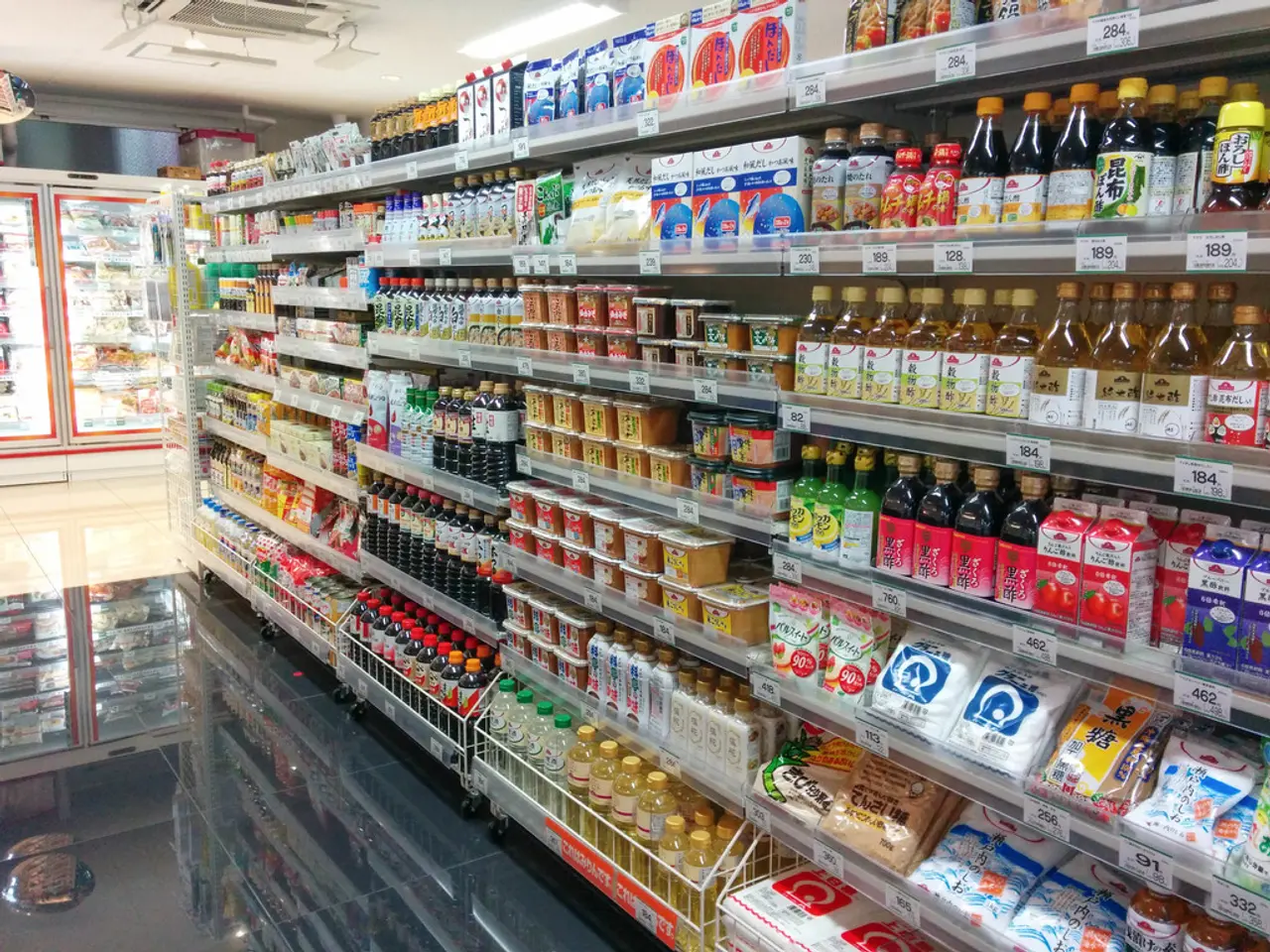Uber's Methods for Anticipating User Demand Through Machine Learning
Uber, the global ride-sharing giant, has revolutionized its operations with the implementation of a sophisticated machine learning (ML) system for demand prediction. This system, built upon a vast dataset of over 12 petabytes and 40 billion miles of transportation data annually, spans more than 10,500 cities worldwide.
The Power of Machine Learning
Uber's ML models analyze historical ride data, traffic patterns, event schedules, weather, and other contextual information to forecast rider demand with an impressive 87% accuracy. This outperforms the industry average of 79%, and can predict neighborhood demand up to 8 hours in advance with up to 93% accuracy[1][3].
Optimizing Ride-Sharing Operations
The accuracy of these predictions is crucial to Uber's business, as it directly impacts operational efficiency and marketplace balance. By predicting demand surges and dips, Uber can:
- Reduce wait times and improve user experience by having the right number of drivers available at the right locations[1][3].
- Optimize driver utilization and earnings, preventing driver oversupply that leads to idle time and undersupply that results in lost rides[1][5].
- Enable dynamic pricing (surge pricing) by adjusting fares in real-time based on predicted supply-demand imbalances, incentivizing drivers to respond where demand is highest[3].
- Improve route optimization and safety predictions by anticipating traffic patterns and potential issues before they arise, enhancing reliability[1].
Expanding Beyond Ride-Sharing
Uber extends these machine learning techniques to related services like Uber Eats, where demand forecasting helps anticipate peak ordering times, optimize restaurant and delivery partner allocation, and reduce delivery times[2].
Overcoming Challenges
Despite the success of these models, they face several challenges. Data Sparsity for Extreme Events is a challenge due to limited data for rare events. External Unpredictability can disrupt even the best demand prediction models due to unplanned events such as sudden changes in weather. Spatio-Temporal Complexity is another challenge for demand prediction models due to the need for very granular, scalable models.
Continuous Improvement
Uber models can be continuously improved based on feedback from actual outcomes. Deployment & feedback involves deploying models at scale using a distributed computing framework and refining models using actual outcomes and new data. Real-time predictions & effort involve continuously building models to consume new data to refresh forecasts. Model Training & Selection explores multiple algorithms to find the best one for each city or region.
Expertise Behind the Scenes
Behind the scenes, Soumil Jain, a Data Scientist, AWS Certified Solutions Architect, and AI & ML Innovator, specializing in Machine Learning, Deep Learning, and AI-driven solutions, plays a pivotal role in Uber's demand prediction efforts. RNNs are useful for time series data, incorporating past trends and real-time data to predict future demand. Clustering algorithms help establish patterns for demand at specific locations and times, aiding in matching demand with supply and predicting demand spikes.
In summary, machine learning-driven demand prediction is fundamental to Uber’s operational excellence and marketplace efficiency. It enables them to match riders and drivers optimally, enhance customer satisfaction, and maximize revenue across both ride-sharing and delivery services.
[1] Uber Engineering Blog: Uber's Machine Learning for Demand Prediction [2] Uber Engineering Blog: Uber Eats: Predicting Demand for Restaurant Partners [3] Medium: Uber's Machine Learning for Demand Prediction [4] Towards Data Science: Demand Forecasting for Uber [5] Harvard Business Review: How Uber Uses Machine Learning to Predict Demand
- Uber's integration of machine learning, specifically deep learning, and data science has relevance beyond ride-sharing, with applications extending to related services like Uber Eats for demand forecasting.
- In the field of data-and-cloud-computing, Uber employs technology like distributed computing frameworks to deploy machine learning models at scale, allowing for real-time predictions and continuous improvement through feedback and new data.
- Artificial Intelligence (AI) innovators, such as Soumil Jain, specializing in machine learning, deep learning, and AI-driven solutions, are crucial to the development of advanced models for demand prediction in the context of Uber's global operations.




